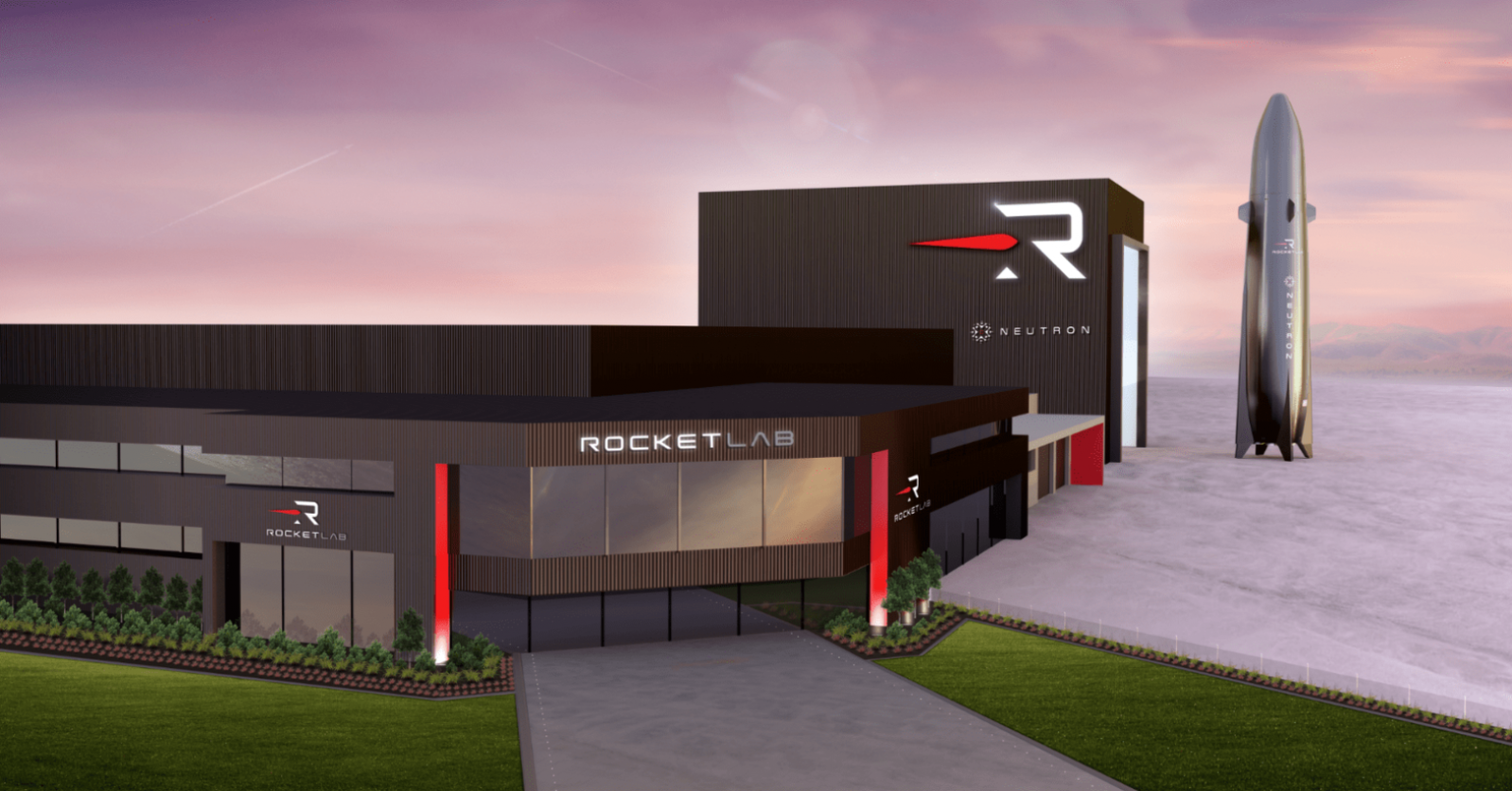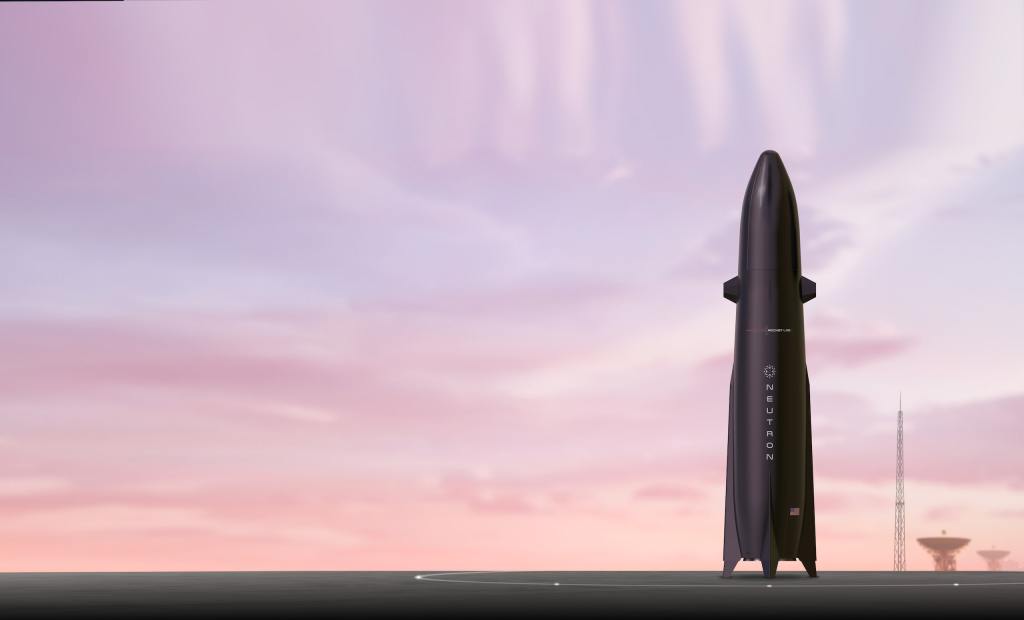
Rocket Lab announced on February 28 that it will build, launch, and land its Neutron rocket in Virginia near NASA’s Wallops Flight Facility and the company’s US-based launch complex.
A no-brainer for the company, Rocket Lab will expand its presence in Virginia with a 250,000 square foot facility in Accomack county. The new facility will include a launch control center, Neutron production, vertical assembly, and payload integration. Construction of the site is expected to begin promptly.
Neutron is a new generation of rocket that will advance the way space is accessed, and Virginia makes perfect sense as a significant site for Neutron’s early development. Its position on the eastern seaboard is the ideal location to support both Neutron’s expected frequent launch cadence and the rocket’s return-to-Earth capability of landing back at its launch site after lift-off; and as one of only four states in the United States with an FAA spaceport license for missions to Earth orbit or on interplanetary trajectories, Virginia is home to an active and experienced aerospace workforce we can pull from to support Neutron’s development and launch. I’m thankful for the Commonwealth’s enthusiasm and backing of Neutron which, combined with the state’s rich heritage as an aerospace state, made it difficult to see anywhere else but Virginia to begin Neutron’s journey.
Peter Beck, Rocket Lab founder and CEO
Rocket Lab received $69 million from the Commonwealth of Virginia, General Assembly’s Major Employment and Investment Project Approval Commission, and US Space Force to build the facility. In total, Rocket Lab expects Neutron’s facility to bring 250 jobs to the area.
No new word on when we might see Neutron start flying. Peter Beck has said he doesn’t want to give timelines in case they slip, which is pretty standard for launch vehicle development.

Neutron is Rocket Lab’s medium launch rocket capable of 8,000 kilograms to low Earth orbit which will land its first stage propulsively back on land. The first stage has a unique design that integrates permanent landing legs and the payload fairings together, which means there is no need to fetch the fairings out of the water to reuse them.

This rocket will directly compete with SpaceX’s Falcon 9 and United Launch Alliance’s Vulcan rocket. While it can’t compete on the massive defense missions, its size and lift capability are perfect for launching satellites for the many mega-constellations in development.
Enjoy reading Space Explored?
Help others find us by following on Apple News and Google News. Be sure to check us out on YouTube, Twitter, Facebook, and Instagram, join our Discord!
FTC: We use income earning auto affiliate links. More.




Comments